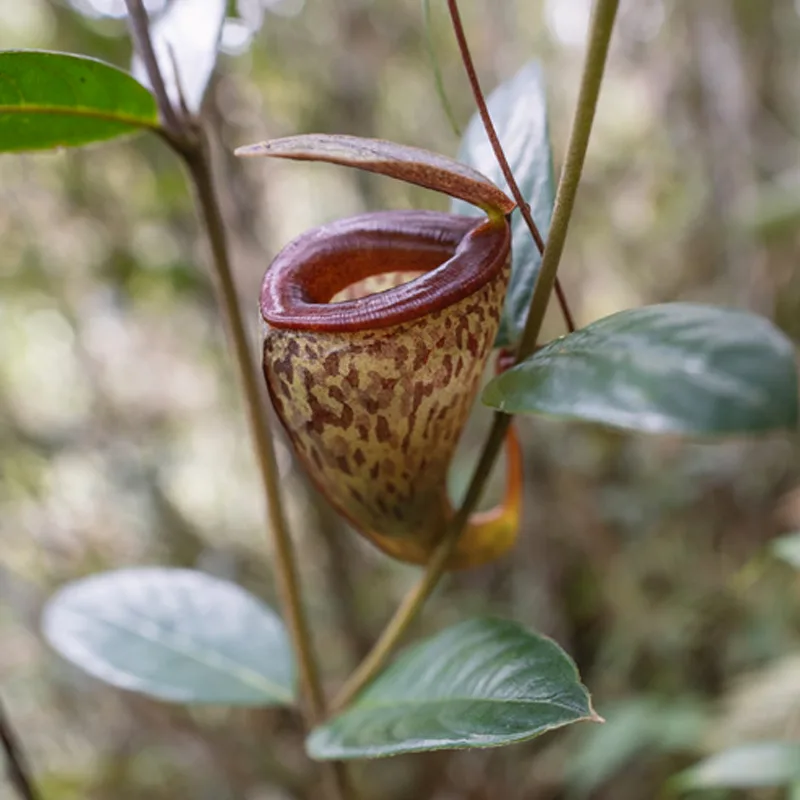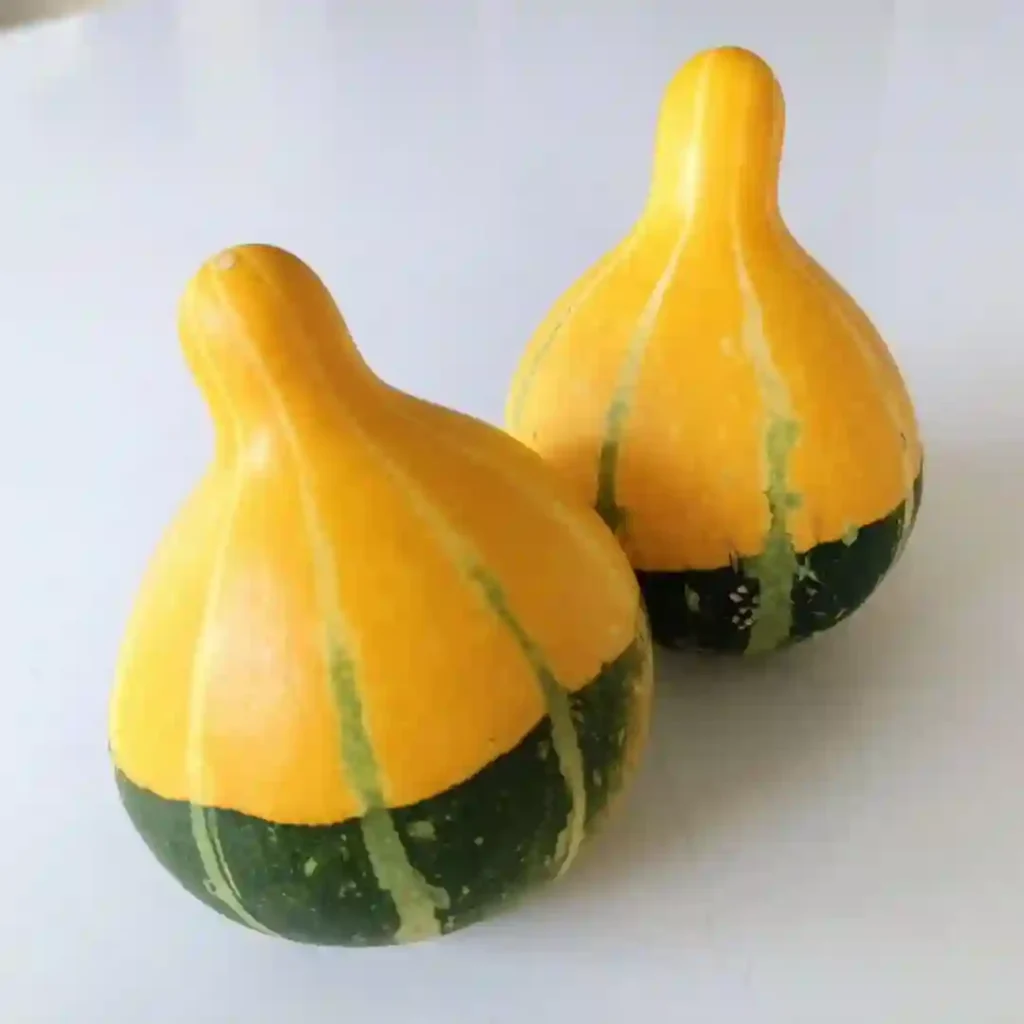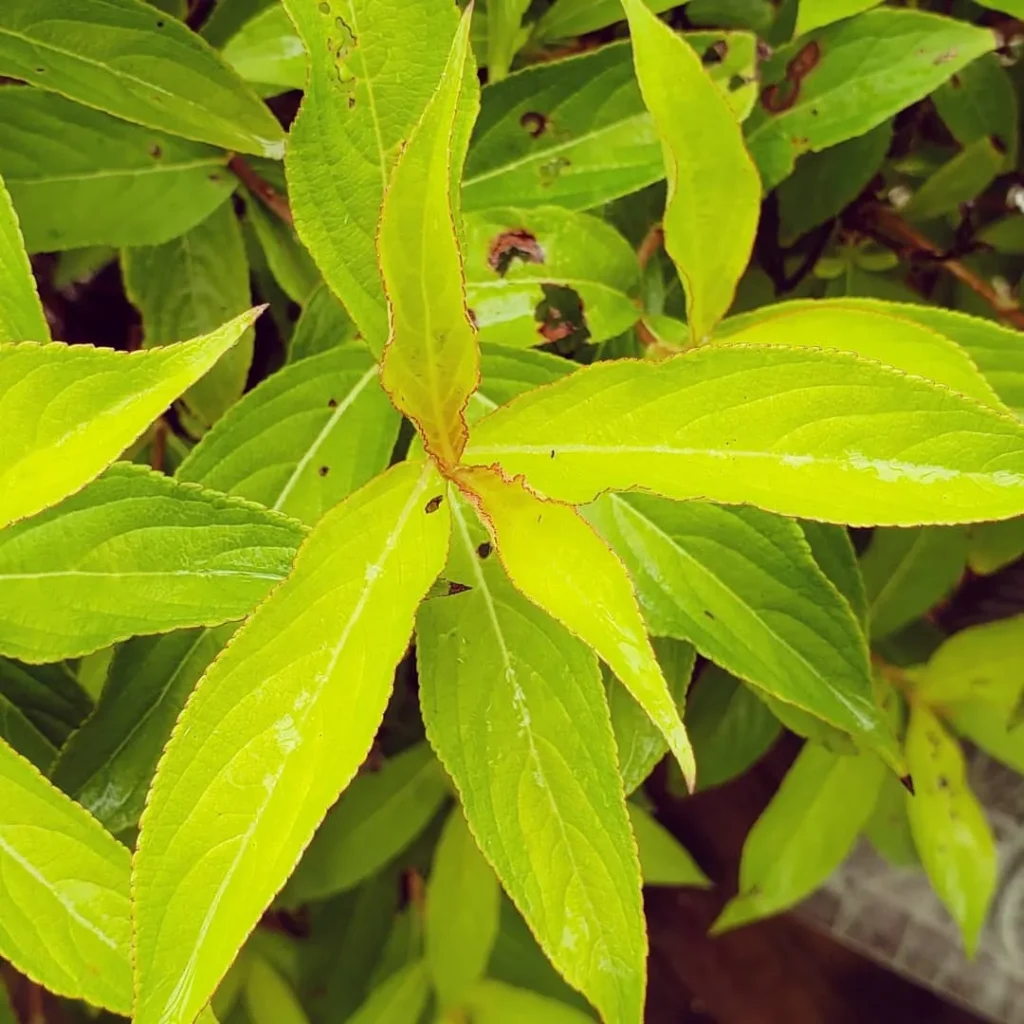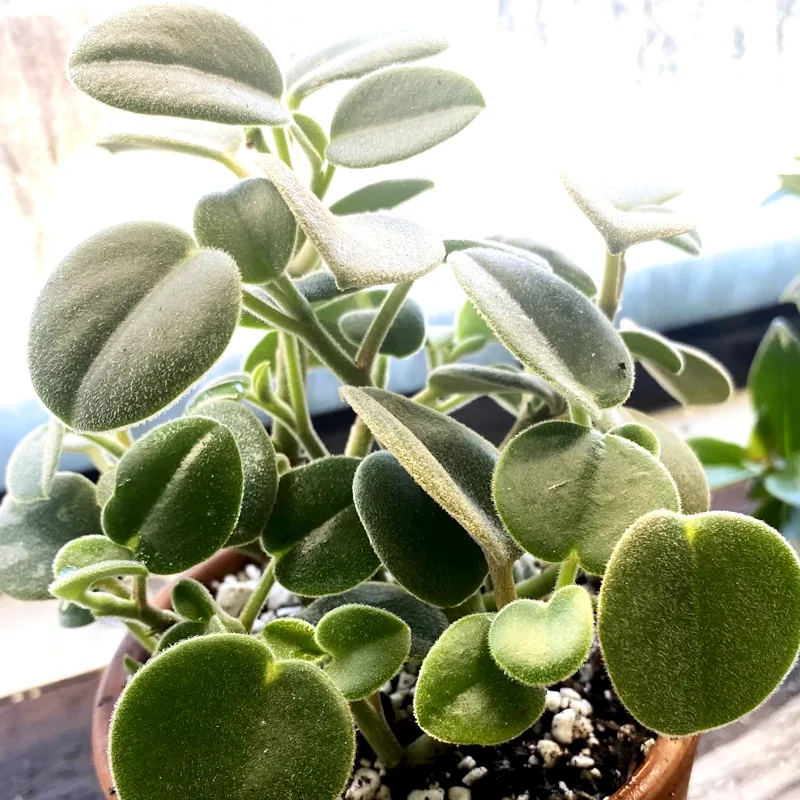FAQs About Quercus Geminata: All You Need to Know
I’ve always had a fascination with oak trees, and recently, I dove into the world of Quercus Geminata, also known as the Sand Live Oak. This hardy tree caught my attention with its unique characteristics and adaptability. If you’re curious about this species, I’ve gathered some frequently asked questions and answers based on my own research and experiences.
657 Species in Genus Quercus
What Is Quercus Geminata?
Quercus Geminata, commonly known as the Sand Live Oak, is a small to medium-sized evergreen oak native to the southeastern United States. Unlike some oak species, it doesn’t grow to towering heights. Instead, it typically reaches around 30 to 50 feet, with a spread that can be just as wide. The tree is known for its dense, dark green foliage and its resilience to harsh conditions, including salt and drought. It’s often found in sandy soils, hence the name “Sand Live Oak.”
How to Care for Quercus Geminata?
Caring for Quercus Geminata is relatively straightforward, making it an excellent choice for both novice and experienced gardeners. Here’s a breakdown of its care requirements:
- Soil: This oak prefers well-drained sandy soils but can adapt to other soil types as long as they are not waterlogged. If you’re planting in clay or loamy soils, ensure proper drainage to prevent root rot.
- Watering: While the Sand Live Oak is drought-tolerant once established, it benefits from regular watering during dry spells, especially when newly planted. Aim for deep watering to encourage deep root growth.
- Sunlight: It thrives in full sun but can tolerate partial shade. For optimal growth, plant it in a location that receives at least six hours of direct sunlight each day.
- Fertilizing: This tree generally doesn’t require much fertilization. If your soil is poor, a light application of a balanced fertilizer in early spring can help, but avoid over-fertilizing as this can lead to excessive foliage growth at the expense of root development.
How to Propagate Quercus Geminata?
Propagating Quercus Geminata can be done through seeds or cuttings, though seeds are the more common method. Here’s how to do it:
- Seeds: Collect acorns in the fall when they have matured and fallen from the tree. Plant them in a pot filled with a well-draining soil mix or directly into the ground after stratifying them in the refrigerator for about 30 days. Water them regularly and keep them in a sunny location.
- Cuttings: Although less common, you can propagate by cuttings. Take semi-hardwood cuttings in late summer and root them in a moist, well-draining mix. Keep the cuttings in a humid environment until roots develop.
What to Plant With Quercus Geminata?
Quercus Geminata pairs well with various plants, both for aesthetic and ecological reasons:
- Native Plants: Consider planting it with other native species like Saw Palmetto, Southern Magnolia, or Eastern Red Cedar. These plants complement its natural habitat and create a harmonious landscape.
- Ground Covers: Low-growing ground covers like Creeping Juniper or Liriope can be used to prevent soil erosion and add visual interest around the base of the oak.
- Ornamental Grasses: Adding ornamental grasses such as Muhly Grass or Fountain Grass can provide a nice contrast to the oak’s dense foliage and add texture to your garden.
Is Quercus Geminata Toxic?
No, Quercus Geminata is not considered toxic to humans or animals. However, like many oak species, its acorns can be mildly toxic if ingested in large quantities due to the presence of tannins. It’s generally best to avoid letting pets or small children chew on the acorns.
Benefits of Quercus Geminata
- Wildlife Habitat: The Sand Live Oak provides habitat and food for various wildlife, including birds and insects. Its dense foliage offers shelter, while the acorns serve as a food source.
- Erosion Control: Its extensive root system helps stabilize sandy soils and prevent erosion, making it an excellent choice for planting on slopes or in areas prone to soil movement.
- Aesthetic Appeal: With its evergreen leaves and rugged character, Quercus Geminata adds year-round greenery and texture to landscapes, whether used as a specimen tree or in naturalized settings.
Common Problems with Quercus Geminata
- Pests: While generally hardy, Sand Live Oaks can sometimes be affected by pests such as oak mites or scale insects. Regular monitoring and appropriate treatments can manage these issues.
- Disease: The tree is susceptible to some oak diseases like powdery mildew or oak wilt. Ensuring proper spacing and avoiding overwatering can help reduce the risk of fungal infections.
How Does Quercus Geminata Compare with Other Oaks?
Compared to other oak species, Quercus Geminata is relatively small and more adaptable to sandy soils. For instance, Quercus Alba (White Oak) grows larger and requires more fertile soils, while Quercus Rubra (Northern Red Oak) is known for its vibrant fall color but may not handle salt exposure as well.
In conclusion, Quercus Geminata is a versatile and attractive oak that thrives in challenging conditions. Its low maintenance needs and ecological benefits make it a valuable addition to many landscapes. If you’re looking for a hardy, evergreen oak that can handle sandy soils and add beauty to your garden, the Sand Live Oak is definitely worth considering.
If i die, water my plants!



